Some people go to the beach when they are on vacation and some people go on a pilgrimage to look at buildings. This past March, my wife Errin and I blazed through Tokyo, Kyoto, Nara, Koya, Osaka, Hiroshima, Naoshima, Teshima, and Kobe in a warp-speed love letter written to the best of Japan’s art, architecture, and urban planning. Below are collected a few choice photographs of the trip that illustrate some of our most noteworthy findings.
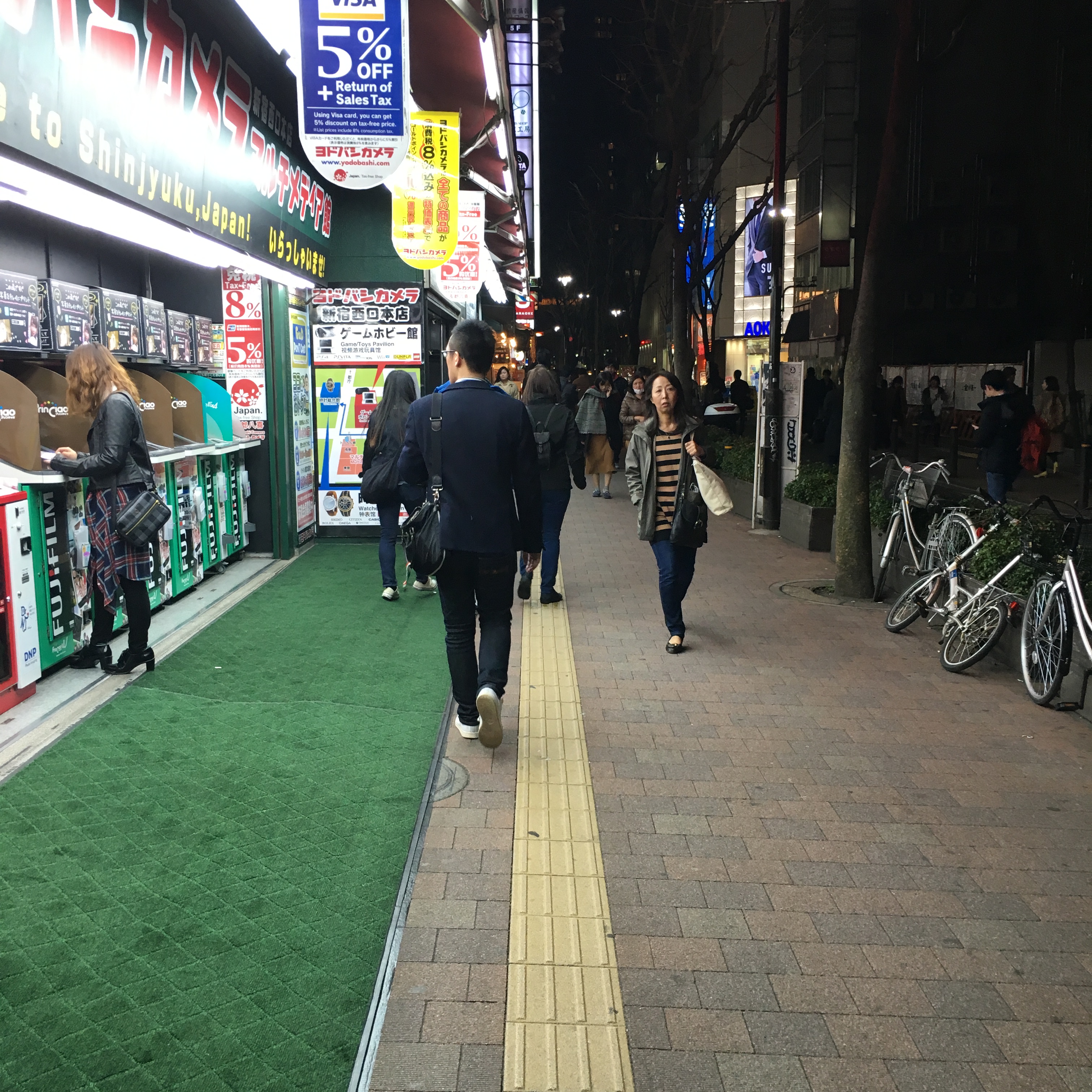
These yellow strips are on nearly every sidewalk of every city we visited in Japan, reminding people which side they should walk on and assisting the blind in navigation.
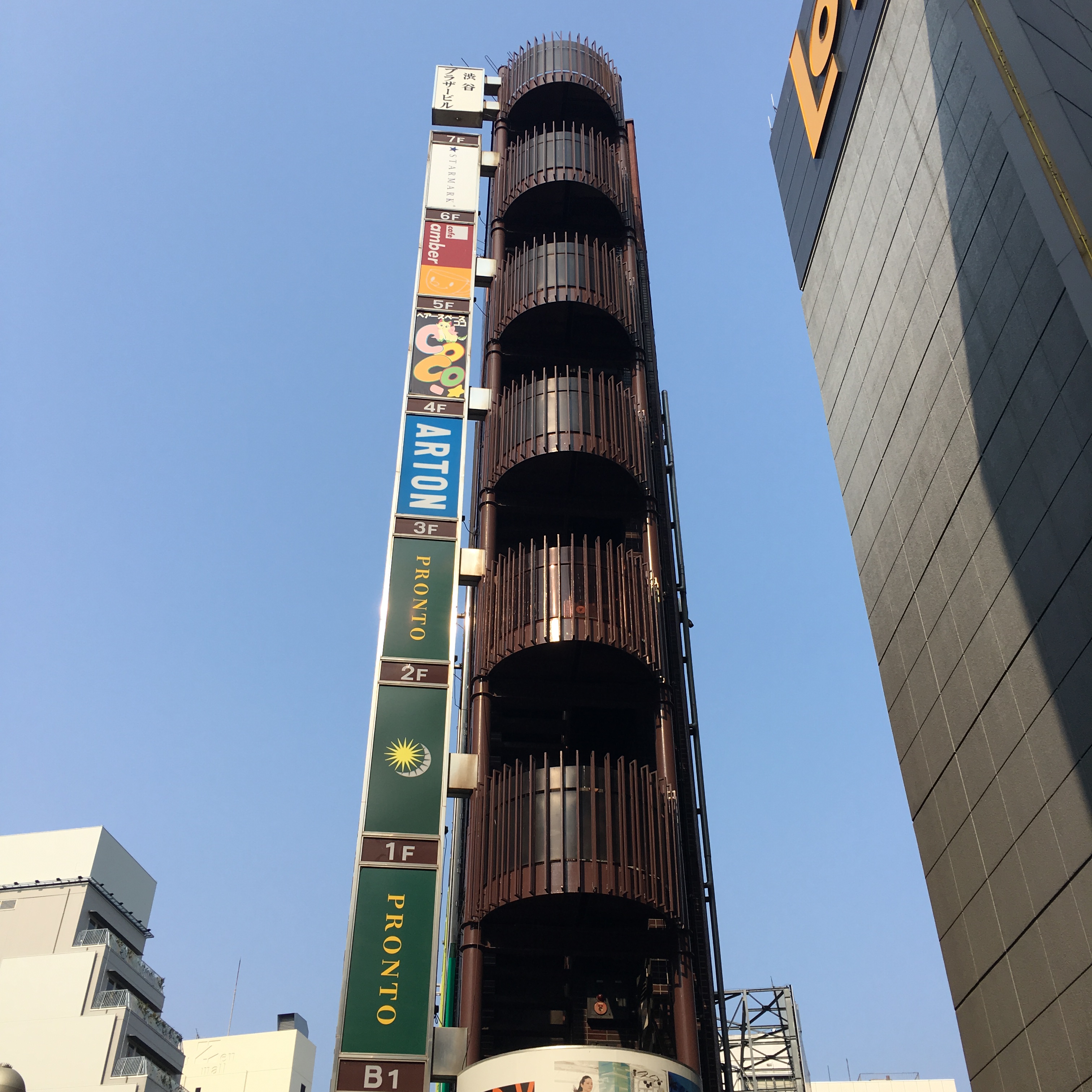
A ‘pencil building’, introduced to me by George Baird, is built by the frequent circumstances of owning a small parcel of land which is difficult to consolidate with neighbouring parcels.
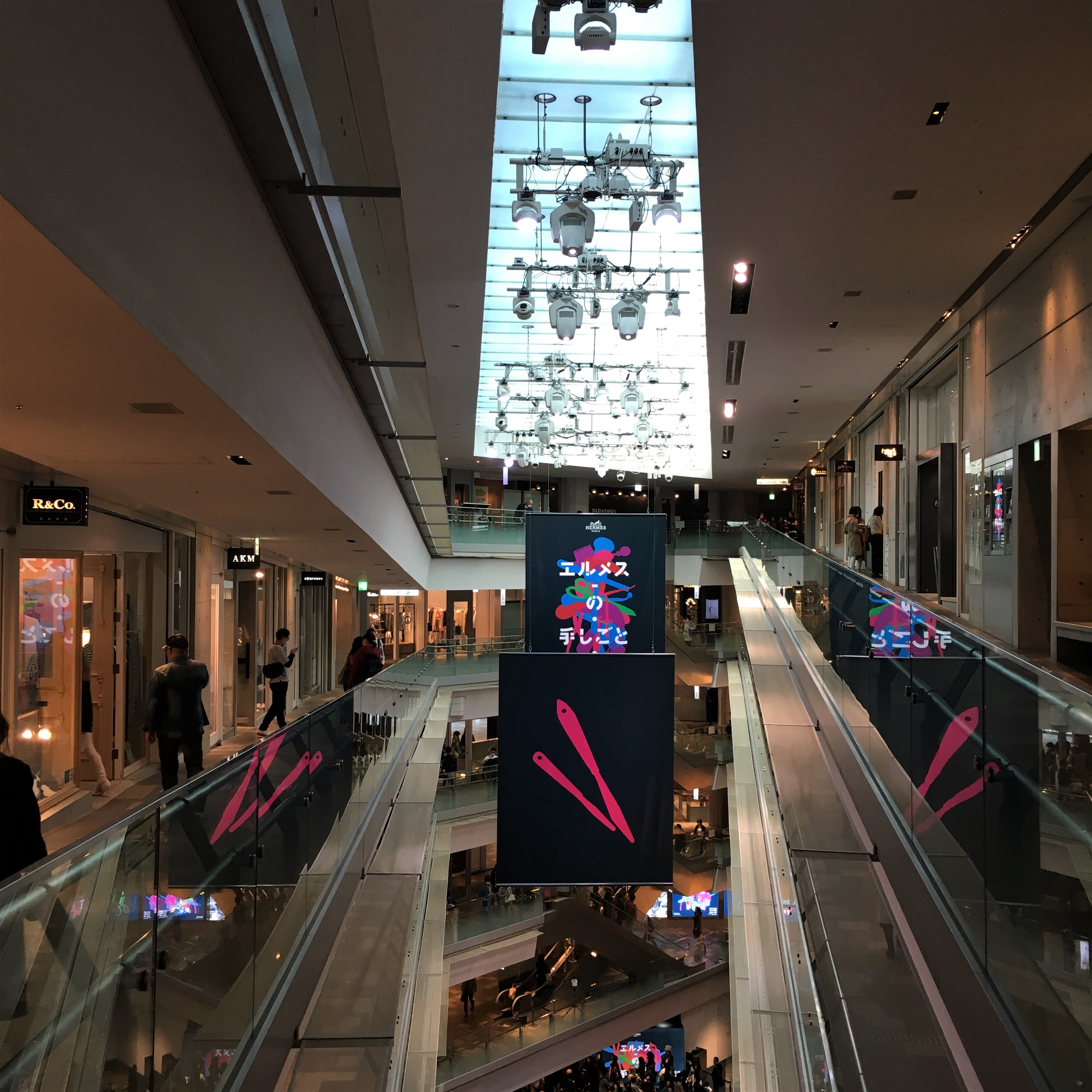
Omotesando Hills – Tadao Ando. The Guggenheim-style circulation path was a clever way to walk in one direction and hit every store. I had some personal gripes about seeing this much signage in a Tadao Ando project.
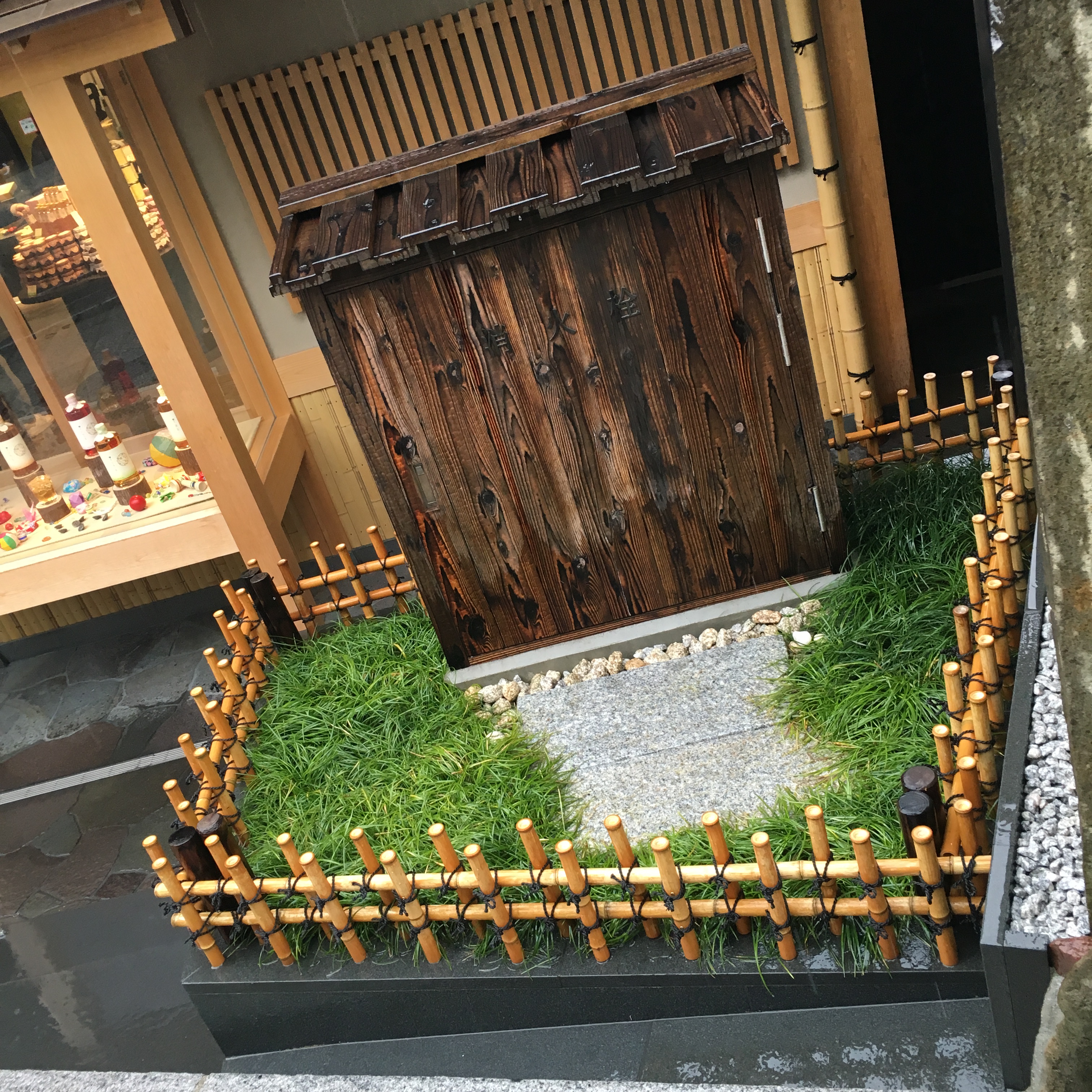
A finely crafted electrical box cutely integrates into the fabric of historic Kyoto.
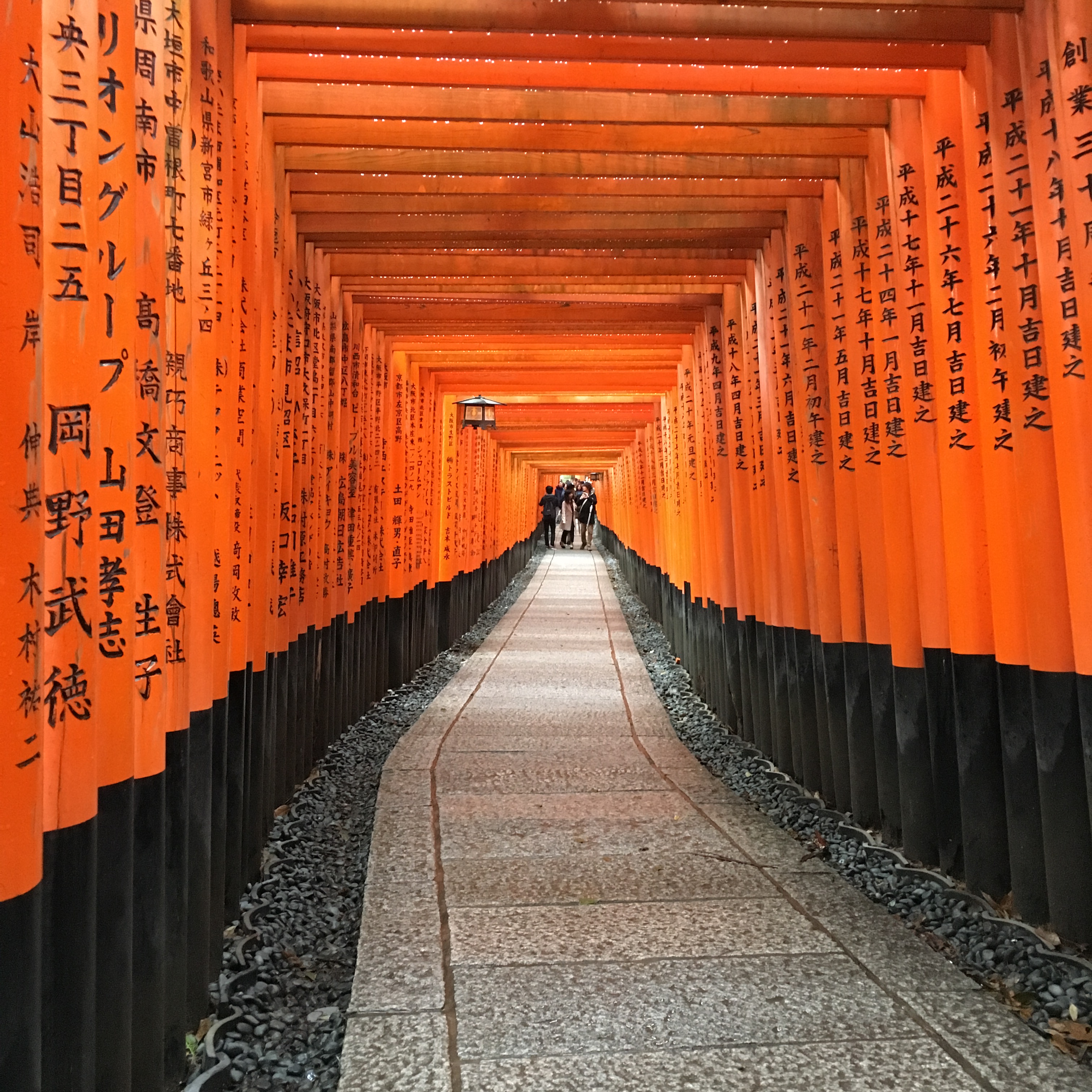
I’ve been told that walking under a Torii gate cleanses the soul, and that walking under a gate five times is the best cure to a hangover. I am starting to suspect the people of Kyoto might have a drinking problem.
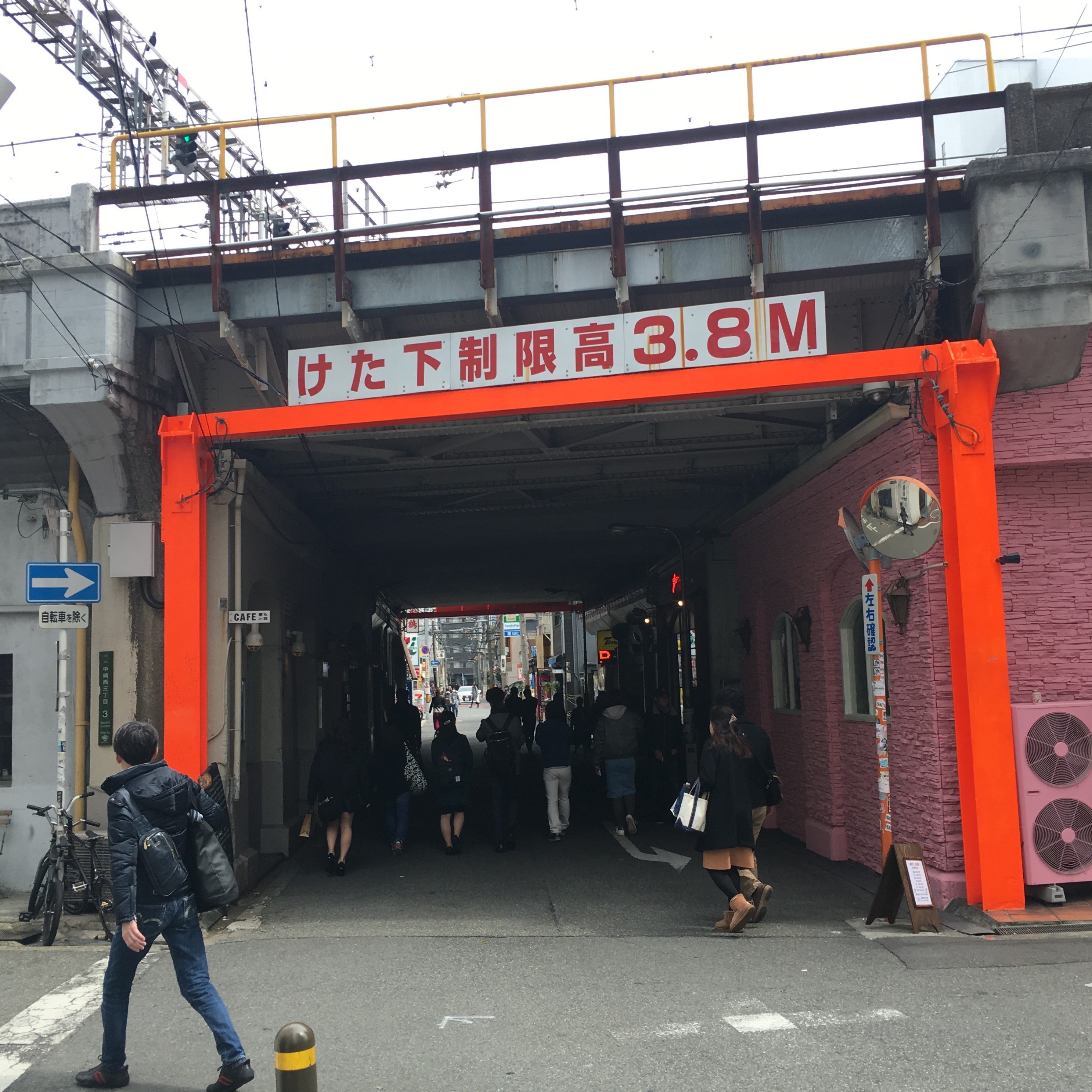
This structural steel has been painted nearly the same shade of vermilion as the Torii gate above.
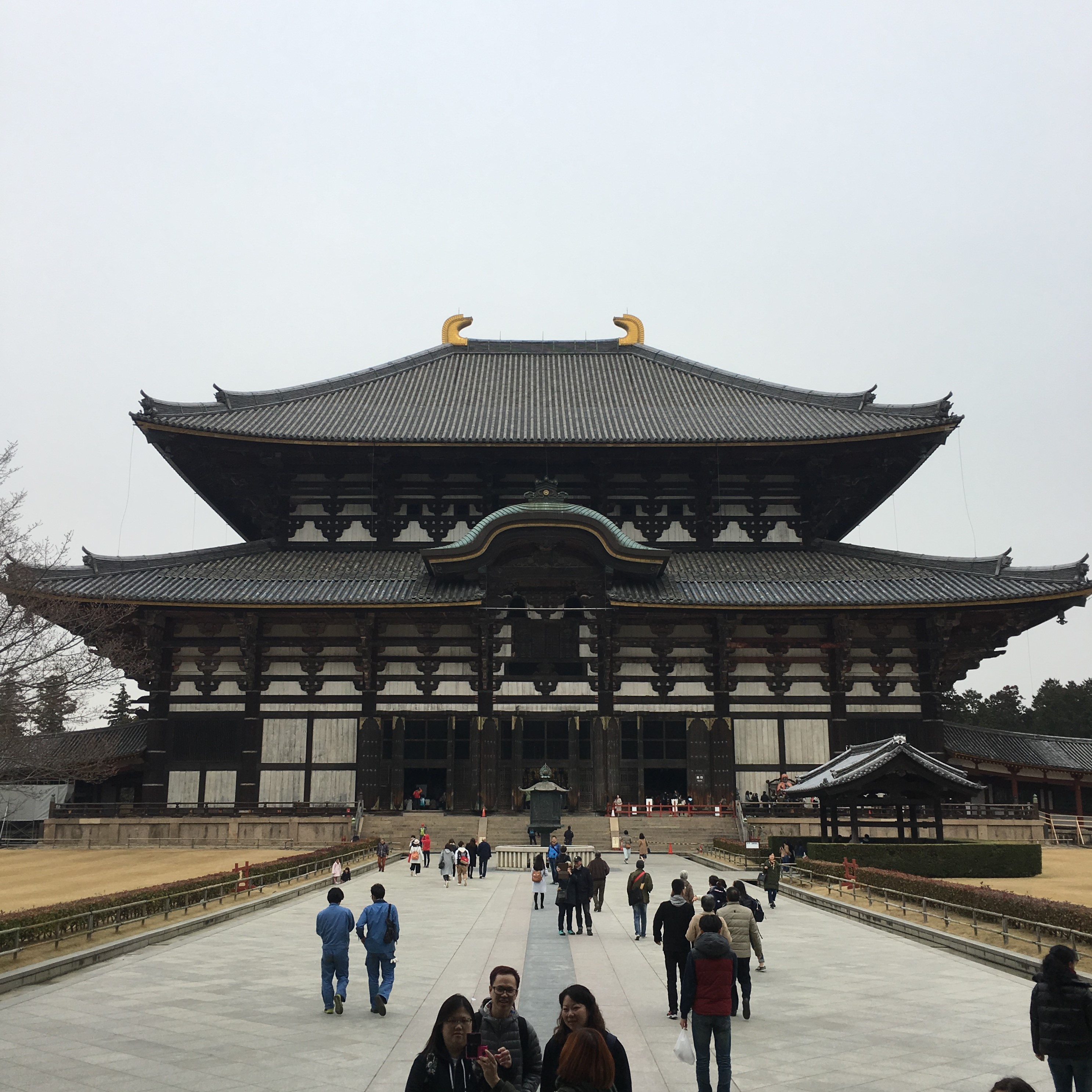
If you want to imagine how big a wooden building can be, the current iteration of Todaiji, in Nara, was built in 1709 – 30% smaller than its predecessor. Look for people by the doors for scale.
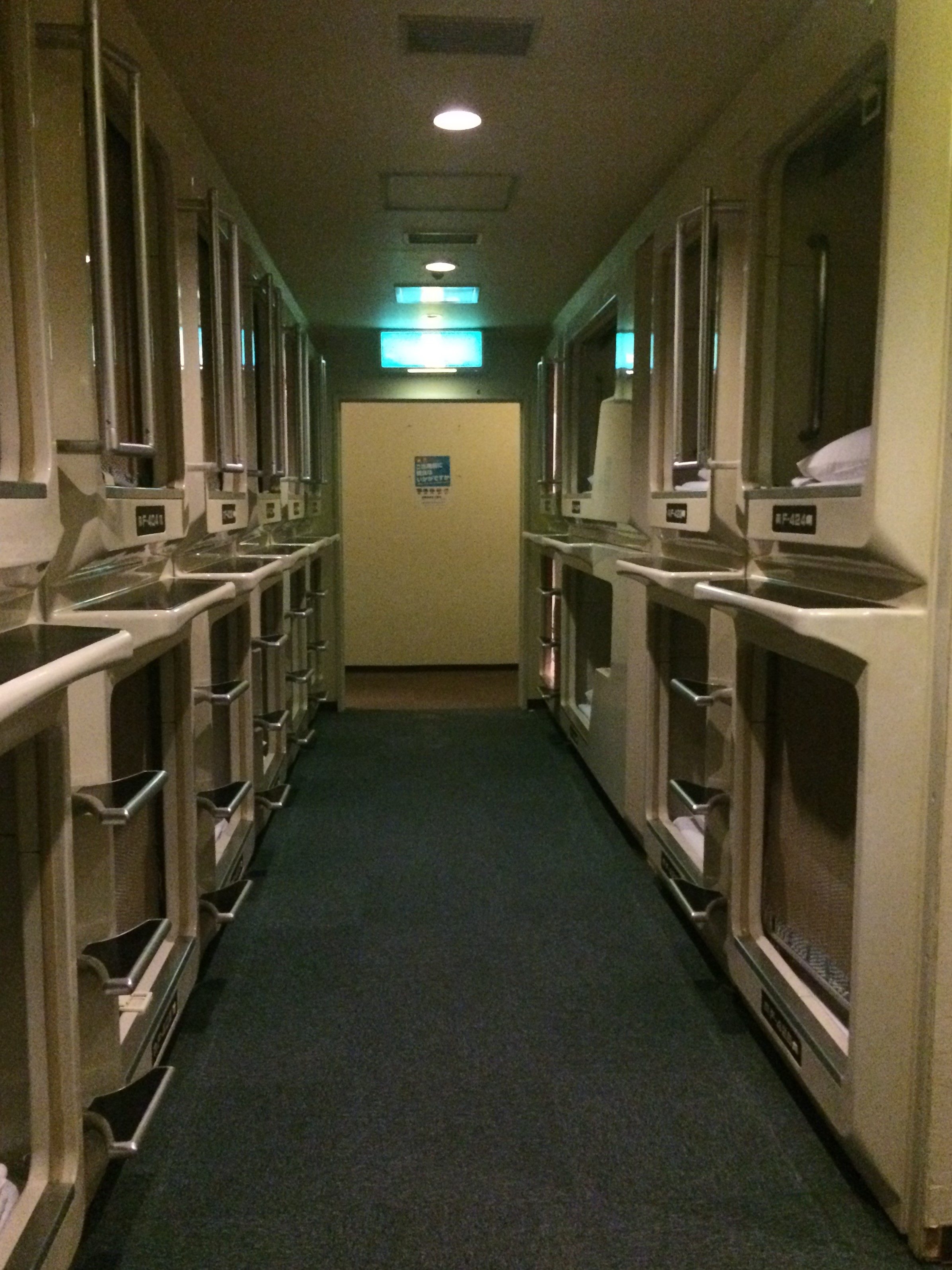
16 rooms in a ‘Capsule Hotel’ we stayed at. The pod was pretty generous for someone 6′ tall, although sound control became a problem with one neighbouring pod snoring for several hours.
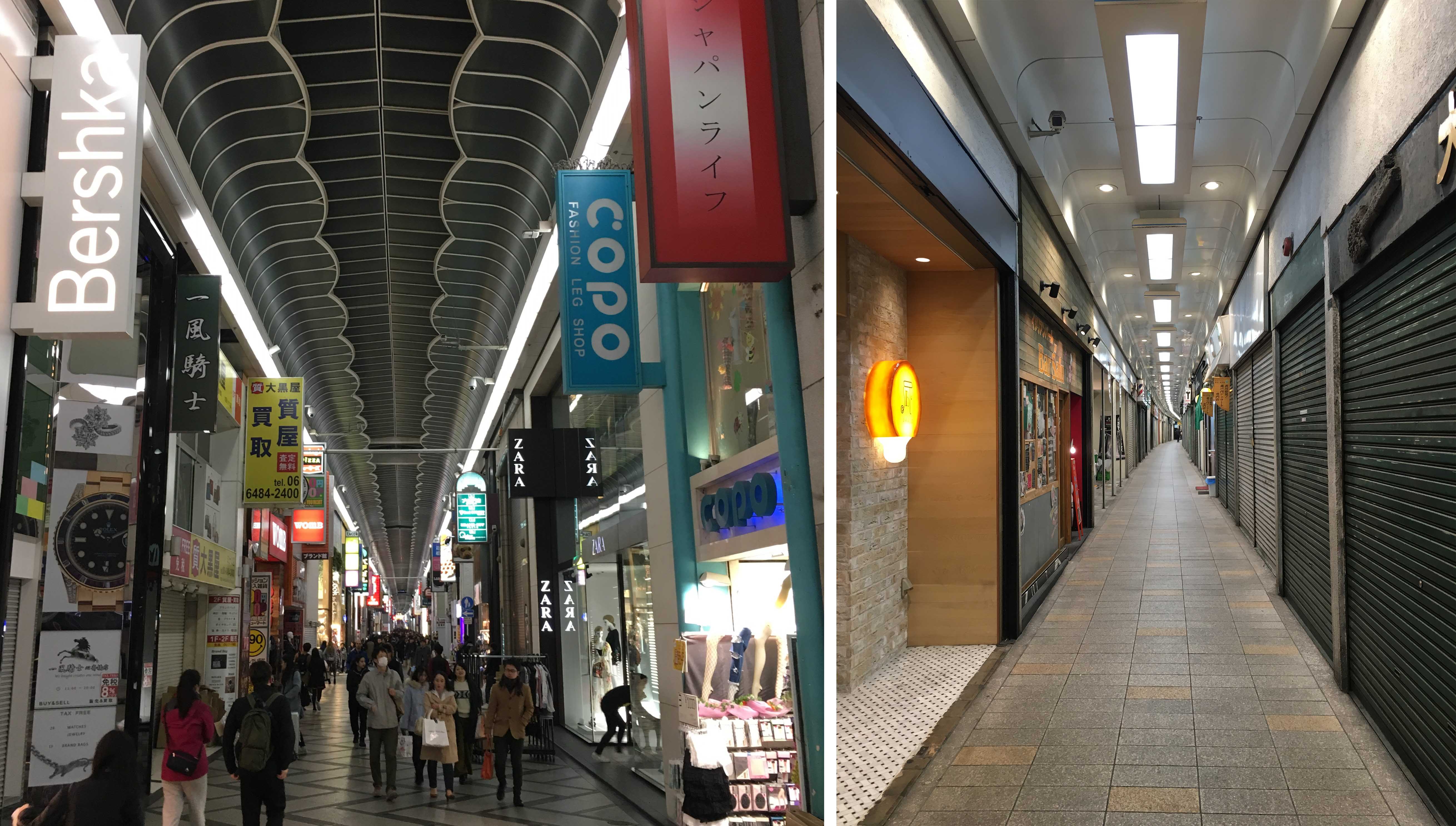
Covered shopping is a far more common phenomena in Japan than it is in Vancouver. Many shopping streets are closed to traffic, with a roof (left) built across to protect pedestrians from the rain. In other cases (right), raised highways or railways cover two rows of shops with a public corridor down the middle.
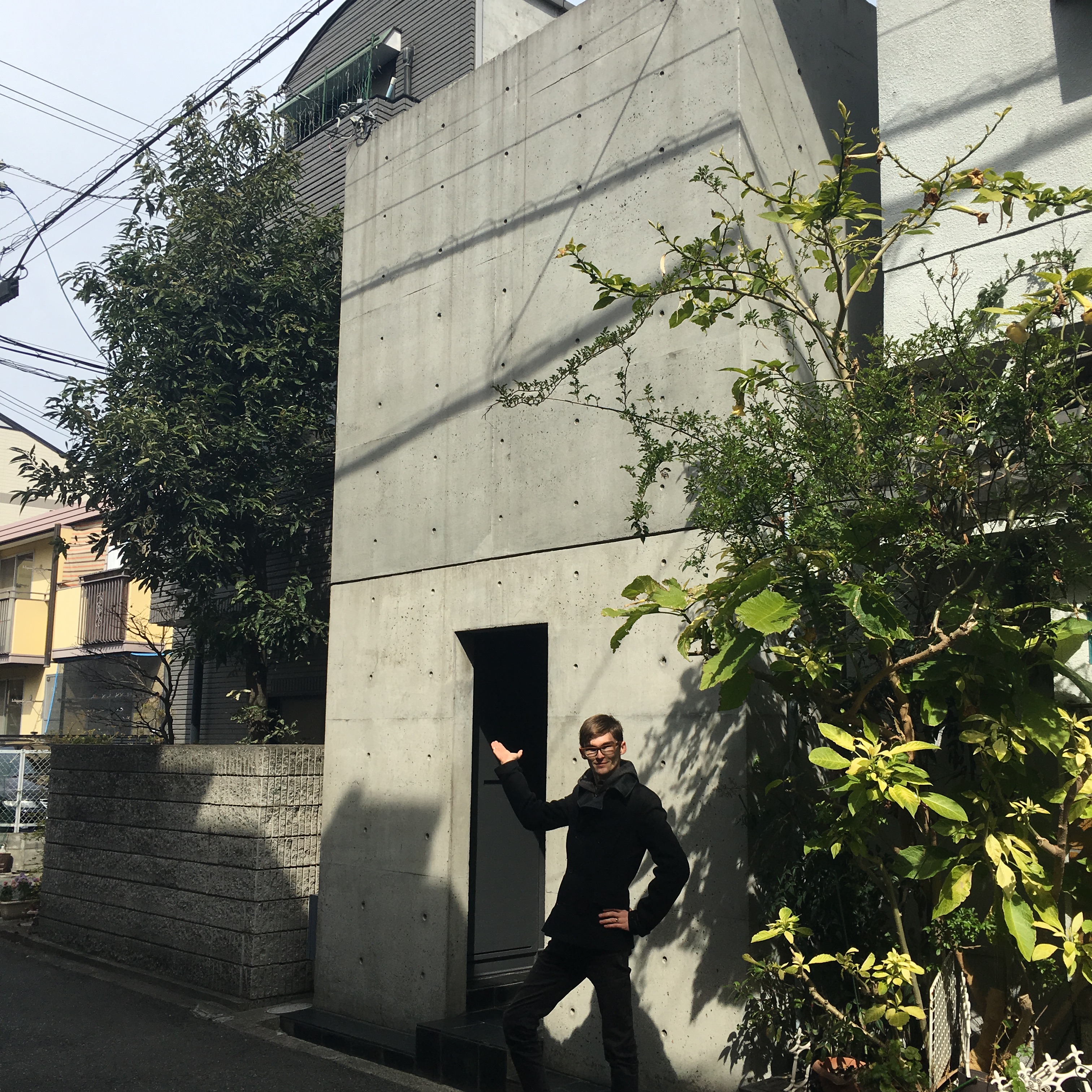
Row House – Tadao Ando. Divisive much like the 3691 Point Grey Road house, I came here expecting this building to stand out from its neighbours, but it did quite the opposite. The modest scale of the project allowed it to blend in quite well. In fact, we walked right by it.
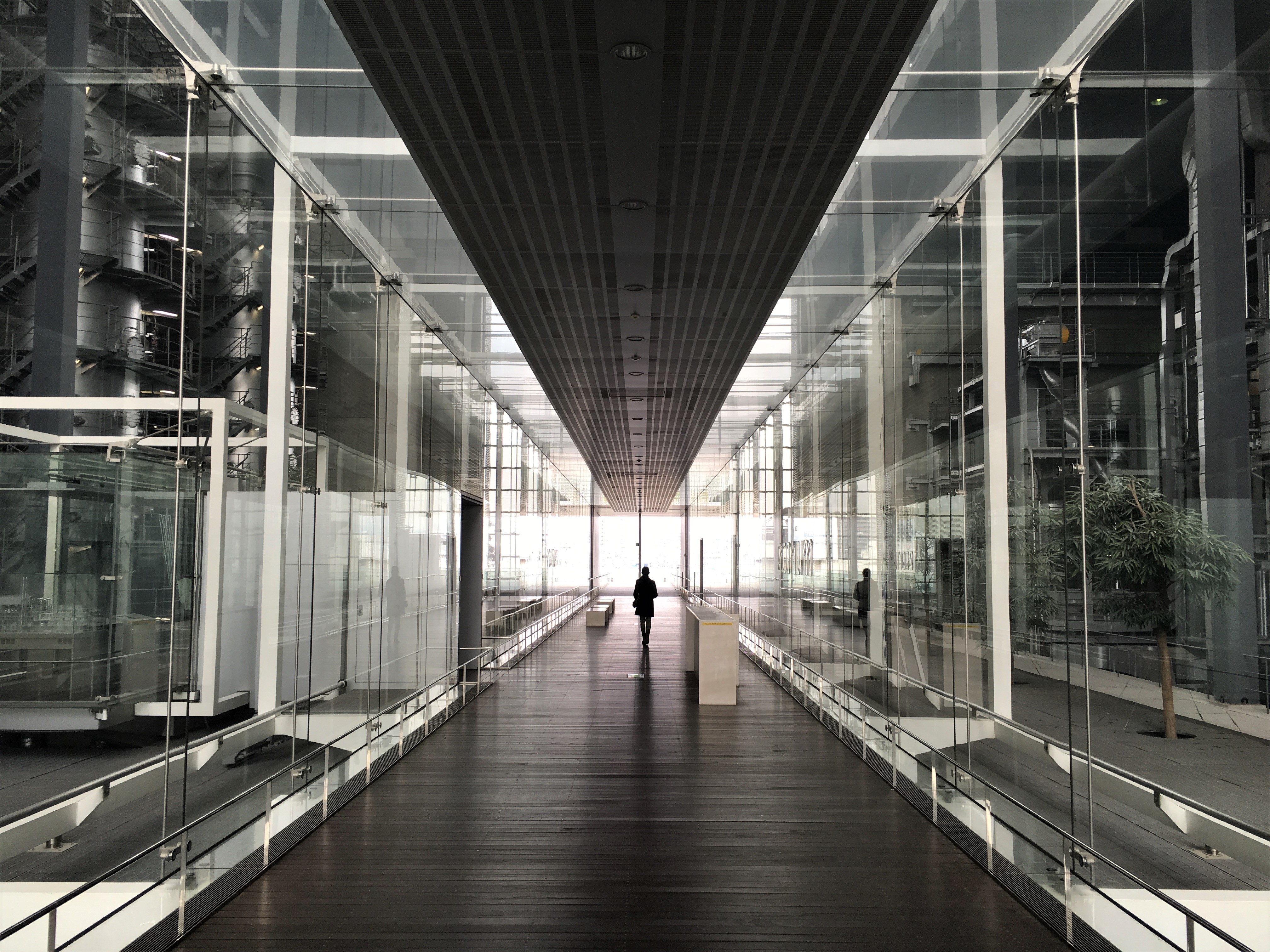
Naka Waste Incineration Plant – Yoshio Taniguchi. In this project, Taniguchi crashes the public right-of-way through the plant and out over the ocean on the other side. It is so clean that trees are planted indoors, although they are looking a little grey! Built in the same year he built MoMA in New York, Taniguchi was so proud of this project he referred to it as the “Museum of Garbage.” Perhaps this project may have inspired Bjarke Ingel’s Amagar Bakke Waste-to-Energy Plant.
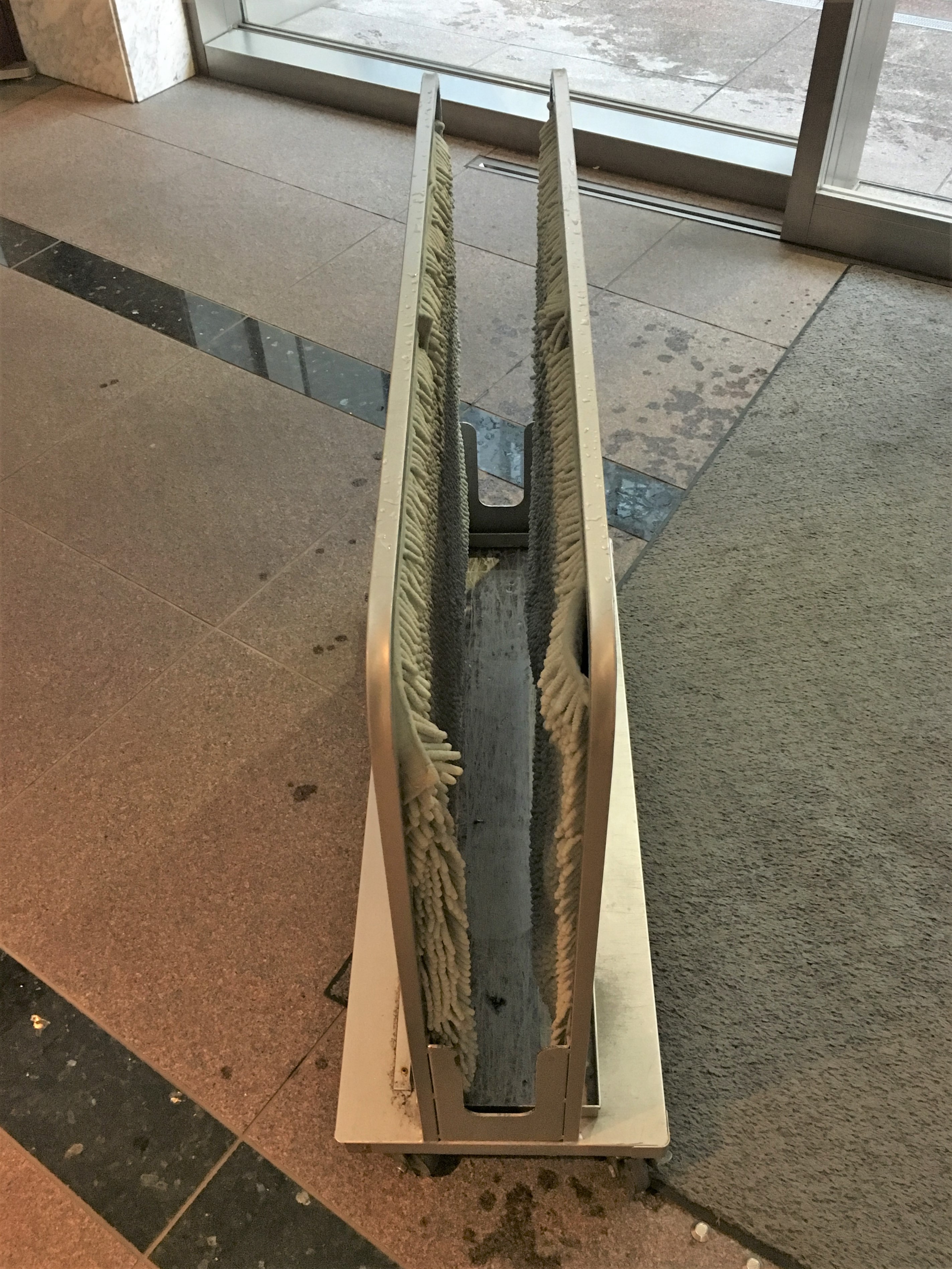
Vancouver could use this: a channel of microfibers by the door for umbrella-drying.
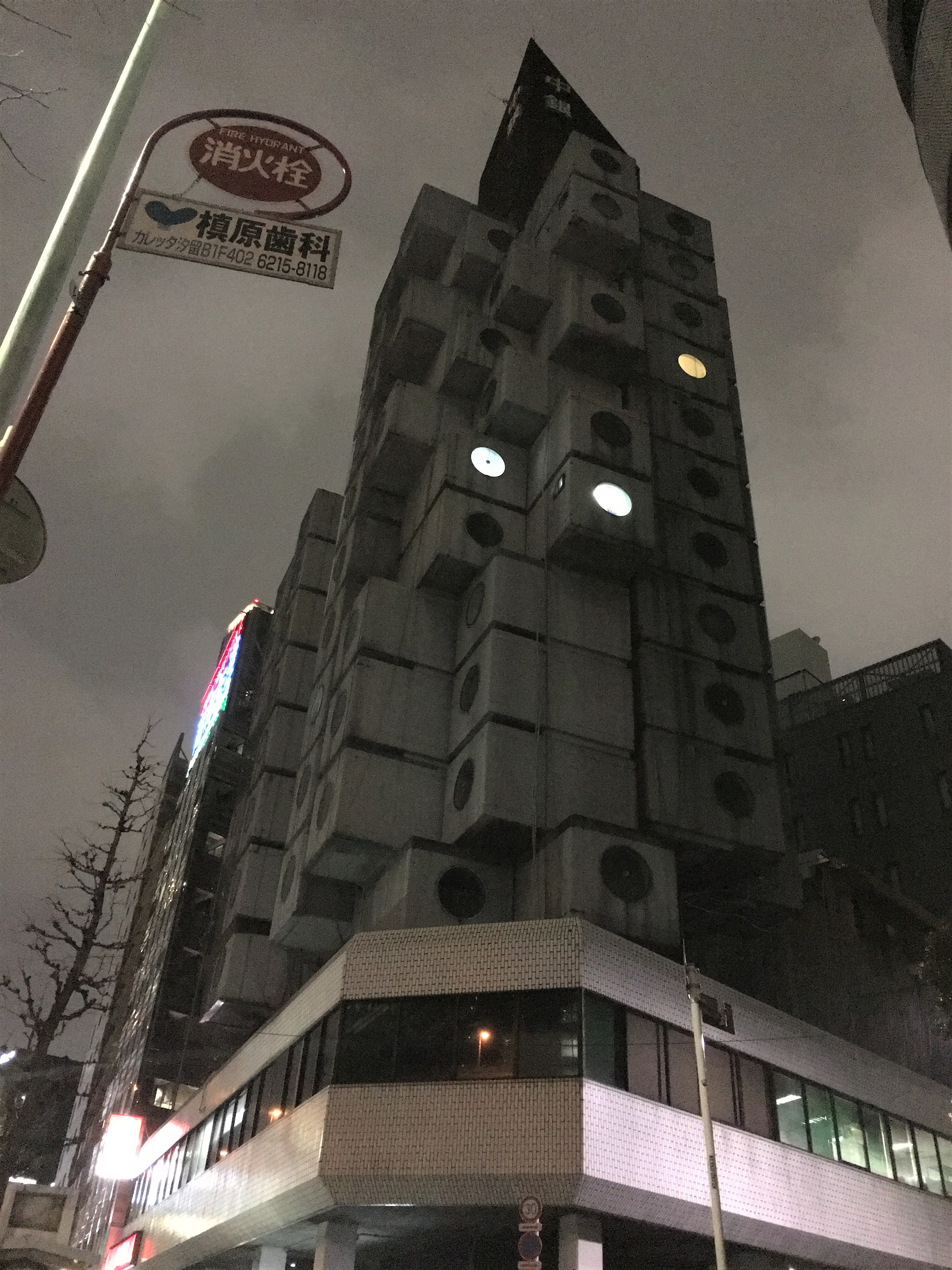
Nagakin Capsule Tower – Kisho Kurokawa; the most famous built example from the Metabolist Movement. The pods were designed to be added, rearranged, or removed as necessary. The building has become dilapidated with reports of asbestos, corroding pipes, and water damage. Not many people home on a Friday night. From the outside it still looks pleasing to me.
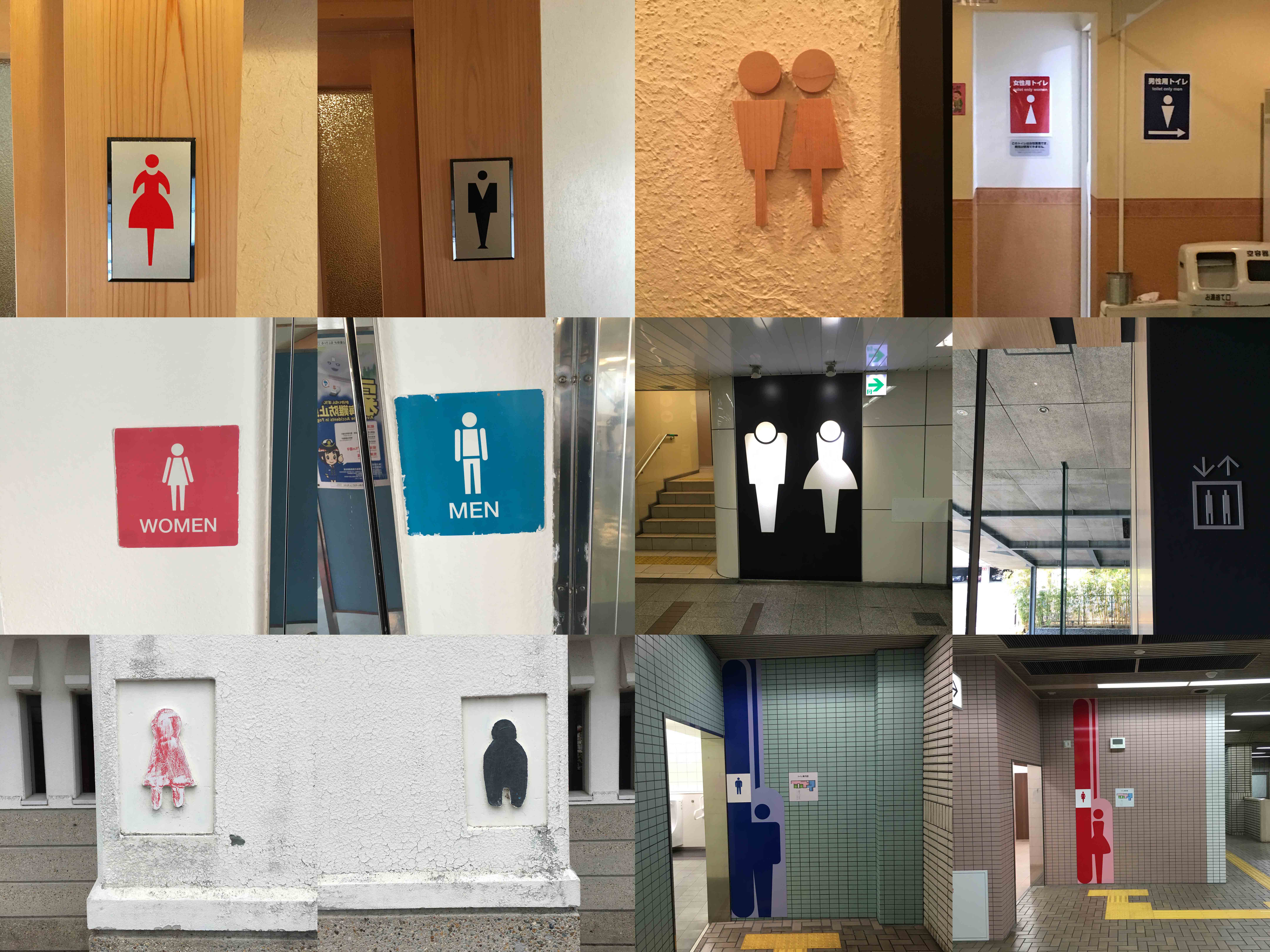
A collection of washroom signage found in Japan. Is there a fair amount of room for artistic license when it comes to public signage or if it should become consolidated into one standard?













Delightful! Thank you for this post.
We were in Tokyo in December. First time. It’s an amazing city. Seems to function so well and efficiently. People are so polite. I wonder if there’s even such a thing as road rage there. When we got back to Vancouver, the first thing that happened on the bus was some guy was loudly saying “F*ck” and I was standing under one of the “Assaults our drivers will not be tolerated” signs. Wow. Talk about a culture shock. These kinds of things are completely unheard of over there.
Anyway, is it true that people in Japan can build whatever they want? There’s no permit board telling you to add prettier windows or more parking or it’s too tall or needs more setback, etc? As long as you meet safety code, you can build it?
Author
The closest thing I found to road rage was at the Tsukiji fish market: truck drivers carrying fresh fish have the right of way over pedestrians, in order to make timely deliveries. As witless baka we were nearly hit a few times this way.
In terms of what people can build, I have not read a translation of Japan’s building code. What is evident by observation is that there is a willingness from the design profession and planning department to permit more radical designs.
Why does Japanese architecture have such variation in forms, materials, and mixed uses? There are a multitude of explanations which all contribute to this phenomena. For a few examples: increased job security breeds a willingness to invest into a property, frequent natural disasters create a sense of impermanence in architecture, density necessitates creative solutions, the planning department allows zoning of areas based on ‘annoyance’ rather than any specific use, and there are more architects per capita in Japan than in Canada.
WRT washroom signage –
I recall at either Nara or Nikko (in 1993) that the washrooms were unisex, with women walking past the men using the urinals to the stalls at the back.